The euro climbed near $1.03 after reports of a more gradual tariff plan by President Trump eased immediate inflation concerns, weighing on the dollar.
Meanwhile, the yen steadied around 155.6 as investors speculated on a possible BOJ rate hike. Gold surged past $2,750 amid safe-haven demand tied to tariff threats, while silver advanced on worries over supply constraints and ongoing dollar weakness. Traders now look to upcoming data releases and policy signals for further market direction.
| Time | Cur. | Event | Forecast | Previous |
| 15:15 | EUR | ECB President Lagarde Speaks | | |
| 18:00 | USD | 20-Year Bond Auction | | 4.69% |
| 21:30 | USD | API Weekly Crude Oil Stock | | -2.600M |
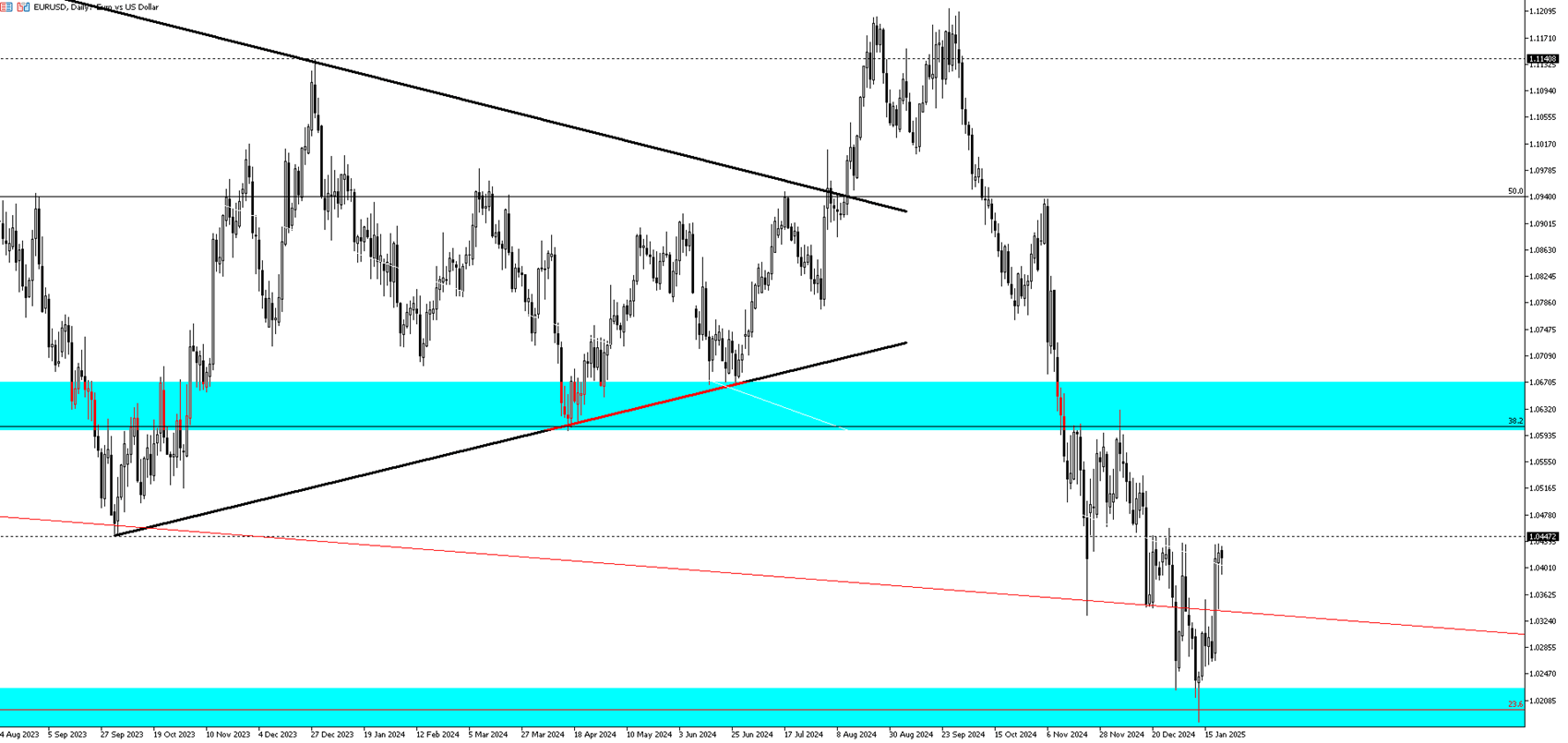
The EUR/USD pair held near 1.0420 on Wednesday as dollar weakness persisted amid uncertainty over Trump’s tariff plans. While Trump hinted at a 10% tariff on Chinese goods and duties on European imports, a lack of specifics kept markets in limbo, contributing to a 1.2% dollar drop earlier in the week. Analysts believe Trump’s cautious tariff approach may ease inflation risks and reduce the need for aggressive Fed action, potentially extending dollar weakness. The euro remained stable as investors awaited clarity on U.S. trade policy and Fed rate decisions, likely keeping EUR/USD within a tight range for now.
From a technical perspective, the first resistance level is at 1.0430, with further resistance levels at 1.0460 and 1.0515 if the price breaks above. On the downside, the initial support is at 1.0355, followed by additional support levels at 1.0270 and 1.0225.
| R1: 1.0430 | S1: 1.0355 |
| R2: 1.0460 | S2: 1.0270 |
| R3: 1.0515 | S3: 1.0225 |
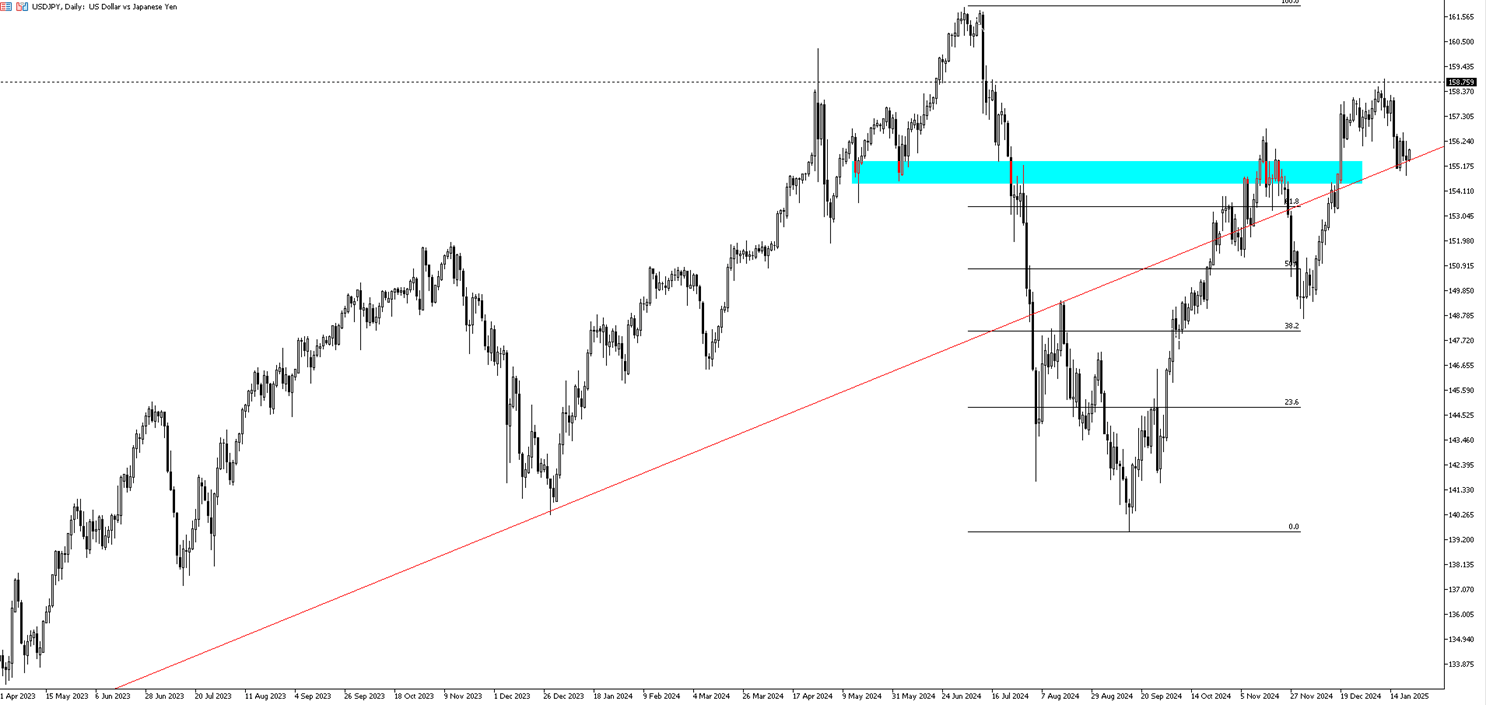
The Japanese yen steadied around 155.6 per dollar on Wednesday, pausing its recent rise fueled by expectations of a Bank of Japan rate hike this week. Such a move would lift short-term borrowing costs to 0.5%, the highest since the 2008 financial crisis. BOJ Governor Ueda signaled a possible hike if economic conditions remain strong, while Deputy Governor Himino noted that real rates should turn positive as Japan exits deflation. Meanwhile, traders monitored recent U.S. statements.
The key resistance level appears to be 158.60, with a break above it potentially targeting 160.00 and 161.00. On the downside, 154.90 is the first major support, followed by 153.40 and 152.40 if the price moves lower.
| R1: 158.60 | S1: 154.90 |
| R2: 160.00 | S2: 153.40 |
| R3: 161.00 | S3: 152.40 |
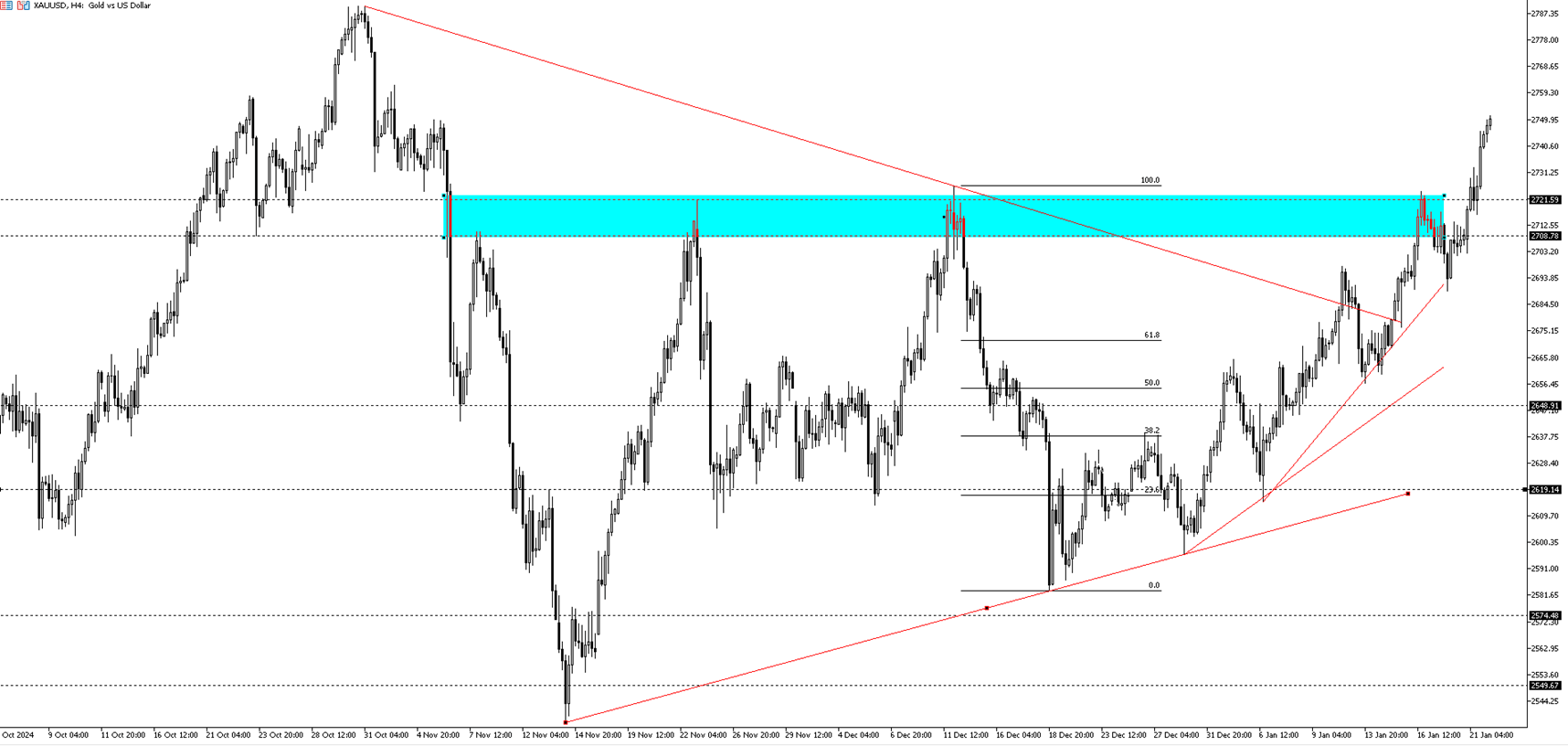
Gold surged past $2,750 per ounce on Wednesday, extending a 1% gain from the previous session to hit its highest level since early November. The rise was driven by a weaker U.S. dollar and safe-haven demand amid ongoing trade war concerns. President Trump outlined potential tariffs on the EU, revisited a 10% tariff on China, and mentioned heavy levies on Canada and Mexico, fueling market anxiety. Traders also weighed inflation risks from Trump’s policies, which could prompt the Federal Reserve to maintain higher interest rates, potentially limiting gold’s appeal due to its non-yielding nature.
Technically, the first resistance level will be the 2755 level. In case of this level’s breach, the next levels to watch would be 2780 and 2800 consequently. On the downside 2660 will be the first support level. 2630 and 2600 are the next levels to monitor if the first support level is breached.
| R1: 2755 | S1: 2660 |
| R2: 2780 | S2: 2630 |
| R3: 2800 | S3: 2600 |
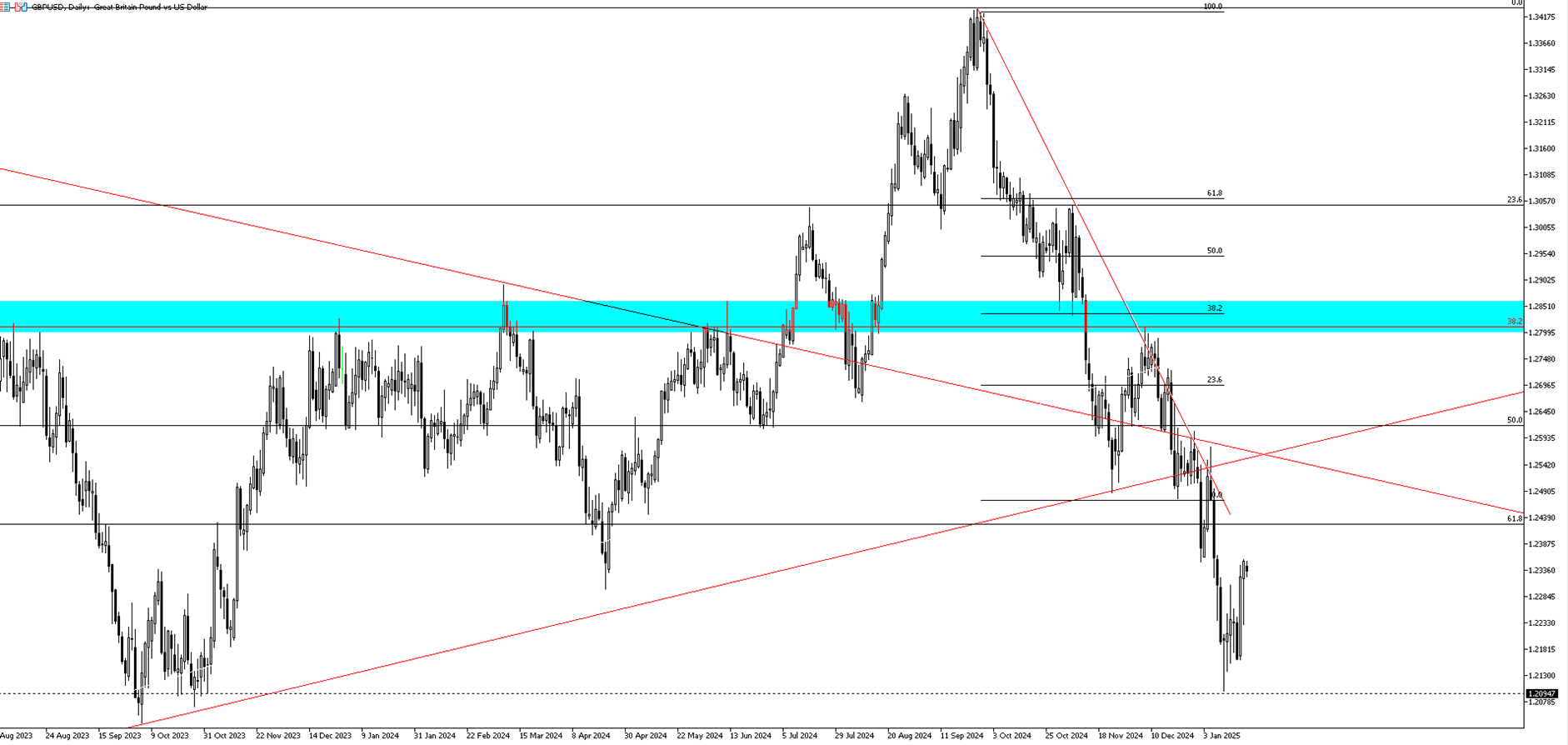
The GBP/USD pair stayed steady on Wednesday amid mixed market conditions. The U.S. dollar eased after President Trump’s policy actions, while the pound held firm following mixed U.K. employment data and strong demand for a 15-year gilt auction. Gilt yields remained stable as investors awaited remarks from British Finance Minister Rachel Reeves at Davos. With limited catalysts, GBP/USD is likely to trade within a tight range unless significant shifts in U.K. policy or global risk sentiment occur.
The first resistance level for the pair will be 1.2355. In the event of this level's breach, the next levels to watch would be 1.2430 and 1.2460. On the downside 1.2265 will be the first support level. 1.2100 and 1.2080 are the next levels to monitor if the first support level is breached.
| R1: 1.2355 | S1: 1.2265 |
| R2: 1.2430 | S2: 1.2100 |
| R3: 1.2460 | S3: 1.2080 |
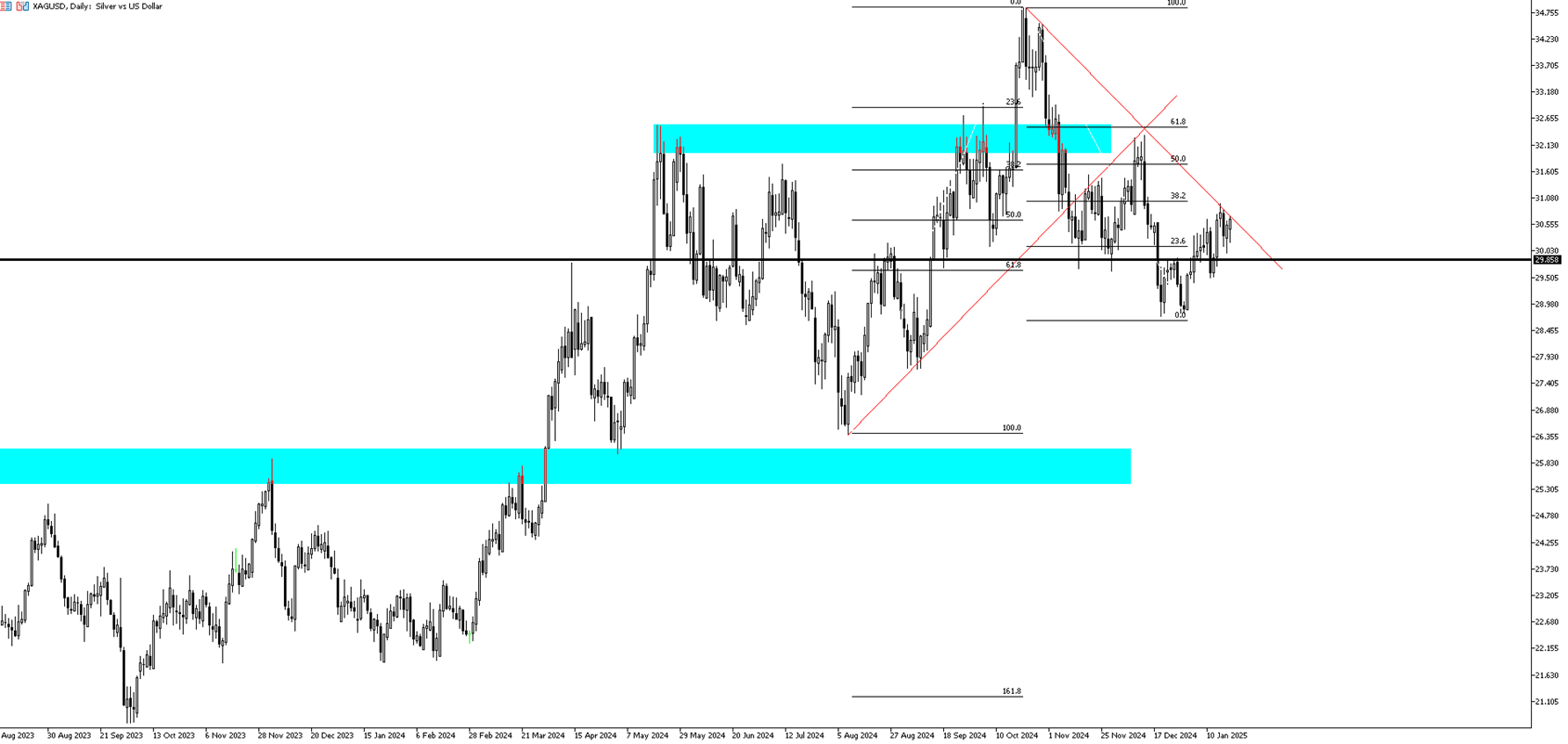
Silver started Wednesday trading around $30.85 per ounce. Prices continued to rise, supported by softer statements from Trump, concerns over supply shortages, and increased industrial demand, alongside a pullback in the dollar index. Additionally, ongoing geopolitical uncertainties provided a positive increase to silver, reinforcing its appeal as a safe-haven asset.
Technically, the first resistance level will be 31.00 level. In case of this level’s breach, the next levels to watch would be 31.80 and 32.50 consequently. On the downside 29.85 will be the first support level. 28.80 and 28.50 are the next levels to monitor if the first support level is breached.
| R1: 31.00 | S1: 29.85 |
| R2: 31.80 | S2: 28.80 |
| R3: 32.50 | S3: 28.50 |
Global markets on Friday leaned cautiously constructive as traders positioned for a possible Fed rate cut next week, persistent tightness in precious metals, and rising expectations of a BOJ shift.
Detail Dovish Wave Lifts Metals as Yen Tightens (12.04.2025)Markets on Thursday leaned toward a dovish global outlook, lifting precious metals and reshaping major currency moves.
Detail Gold Climbs, Yen Recovers on Soft US Signals (12.03.2025)Rate-cut expectations overtook Wednesday trading.
DetailThen Join Our Telegram Channel and Subscribe Our Trading Signals Newsletter for Free!
Join Us On Telegram!